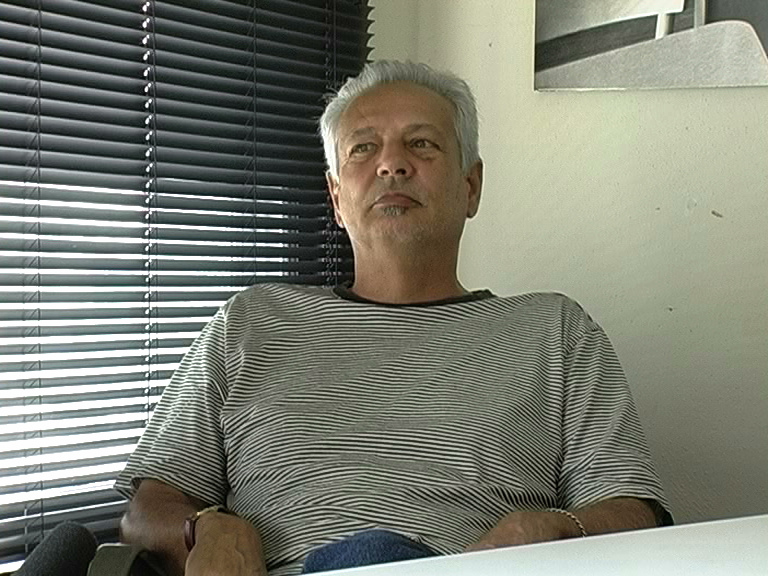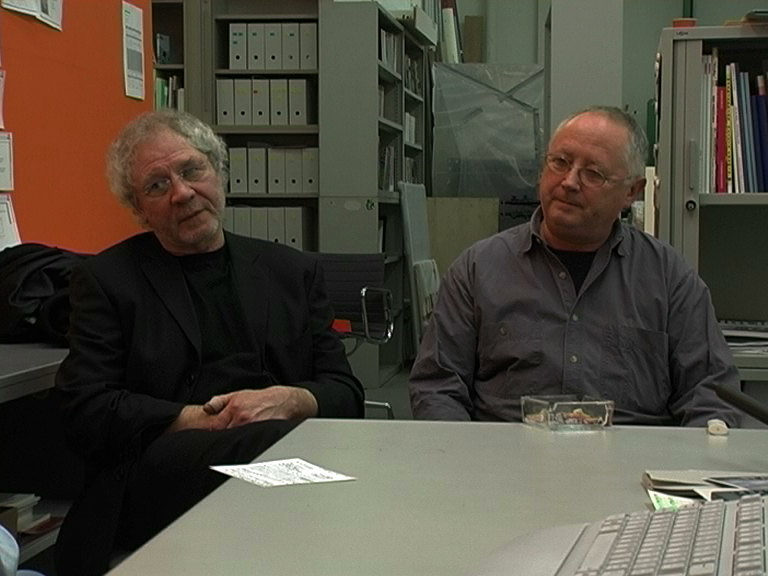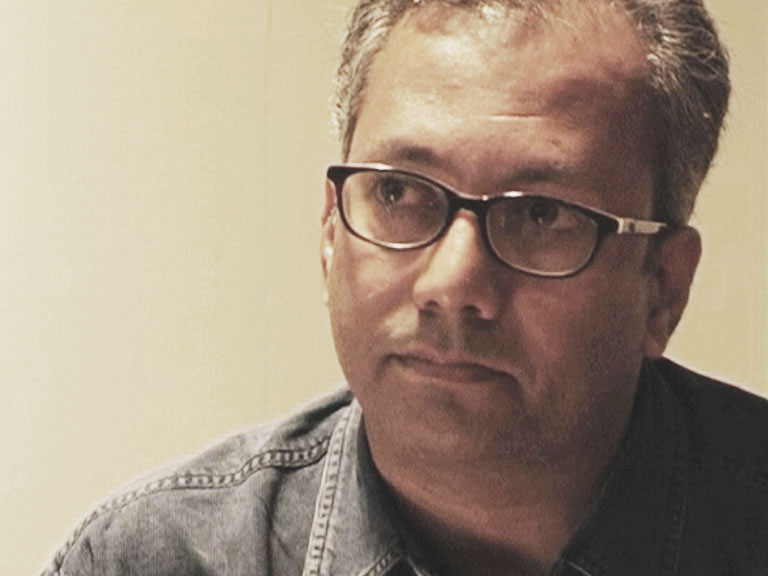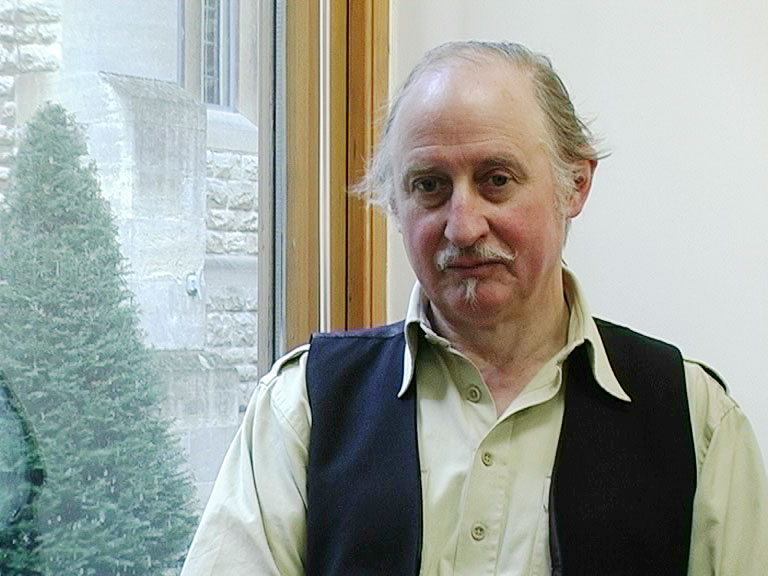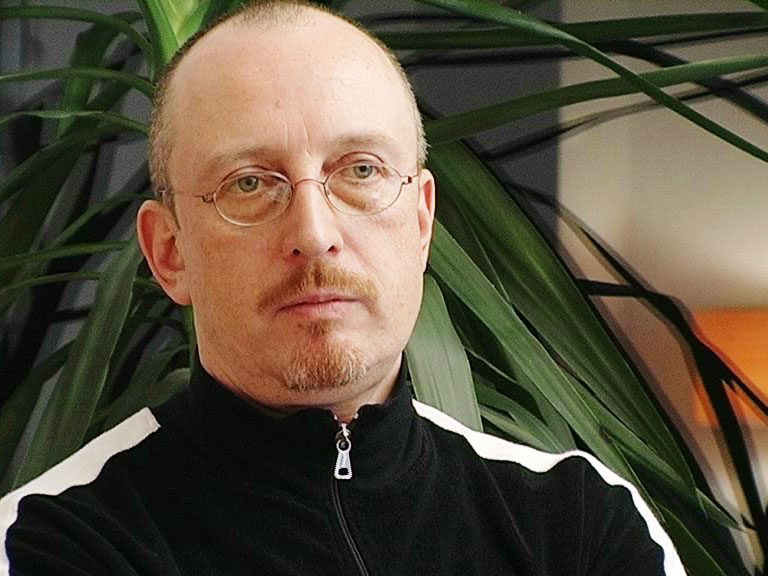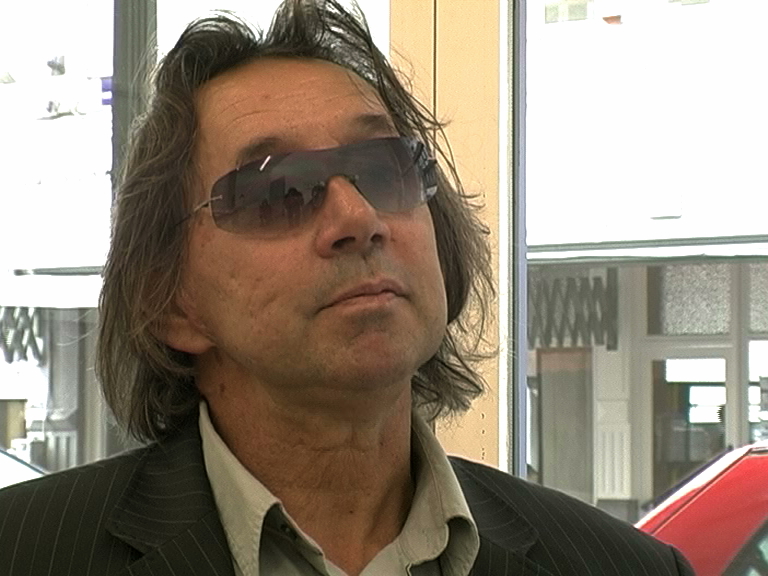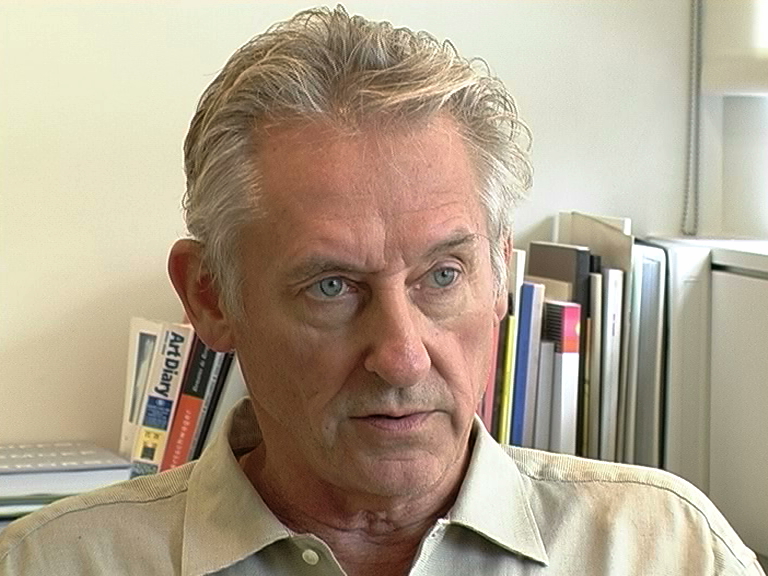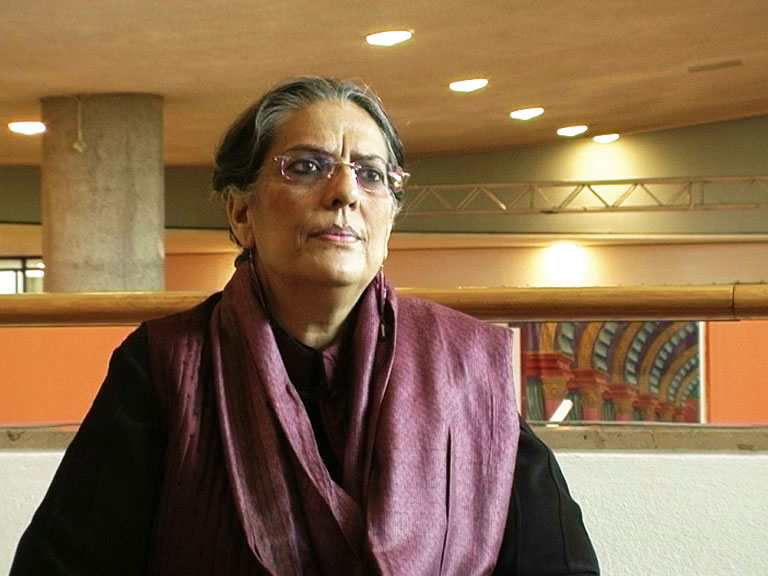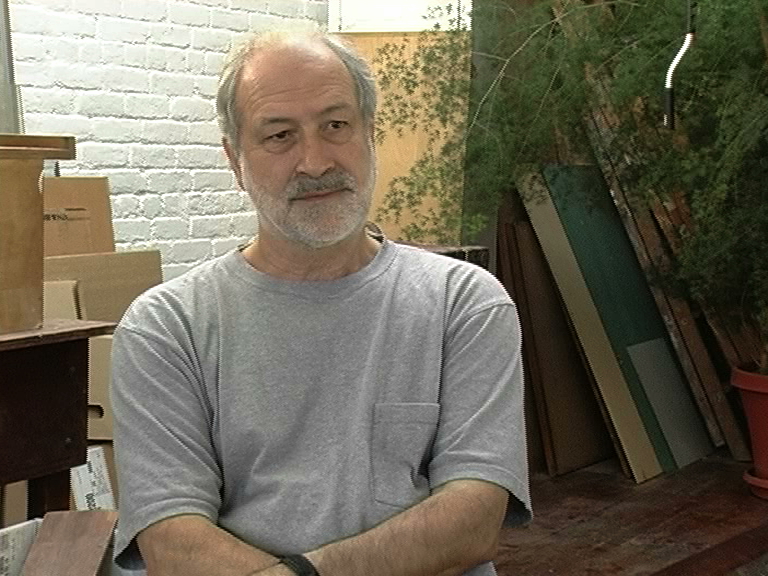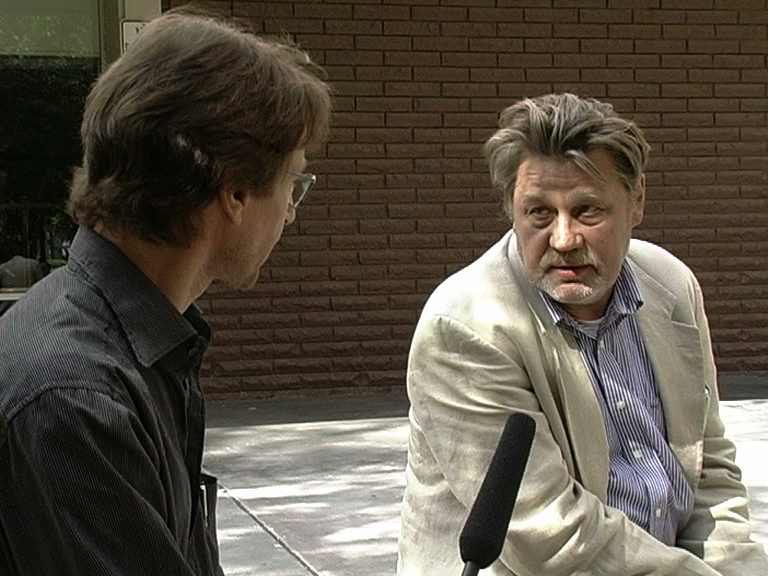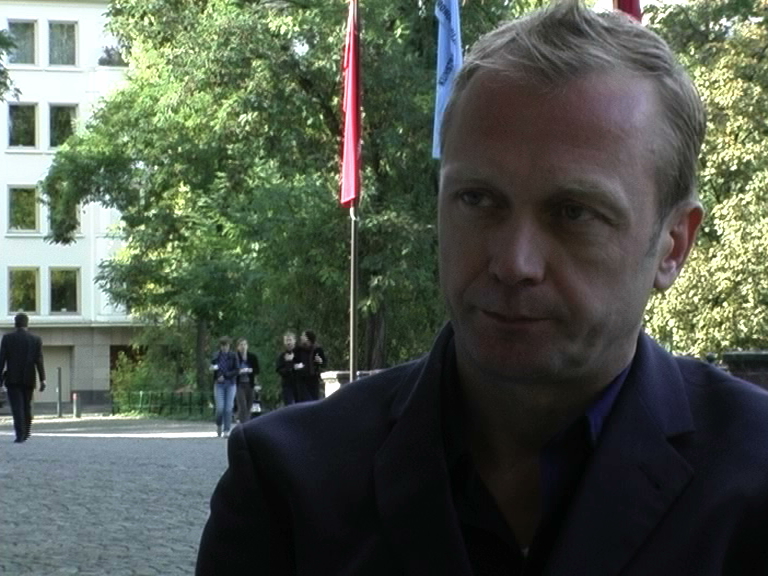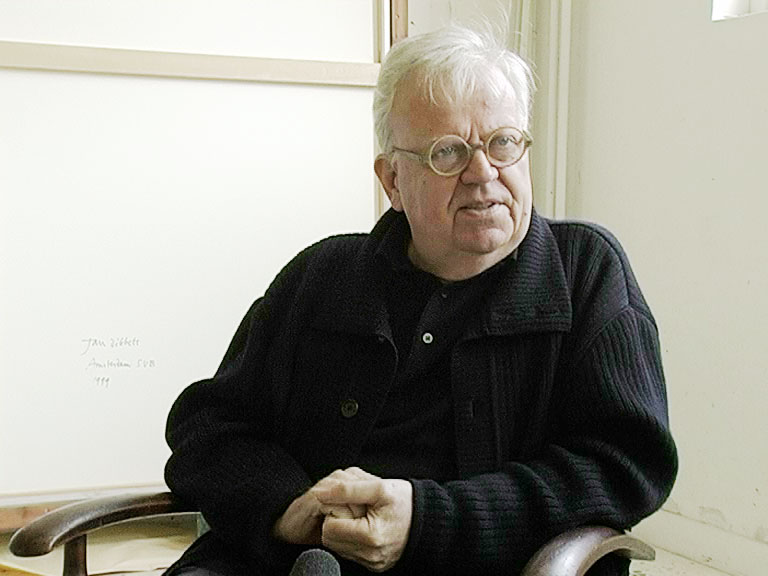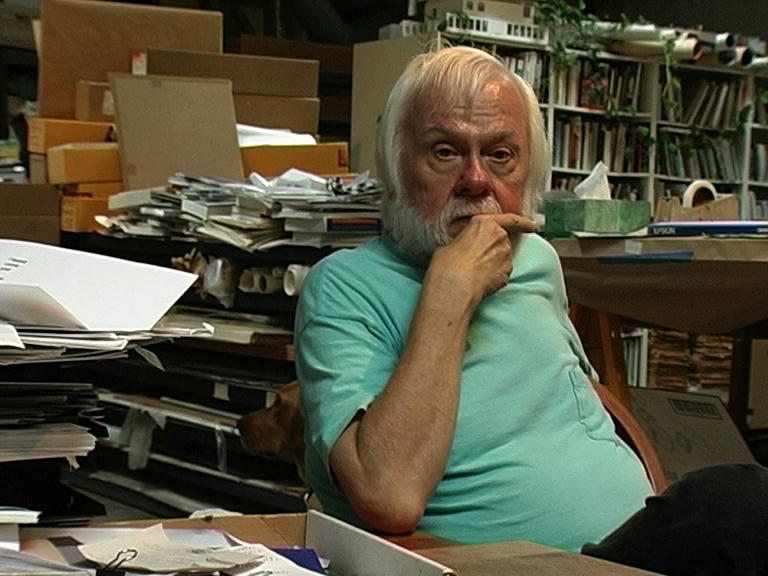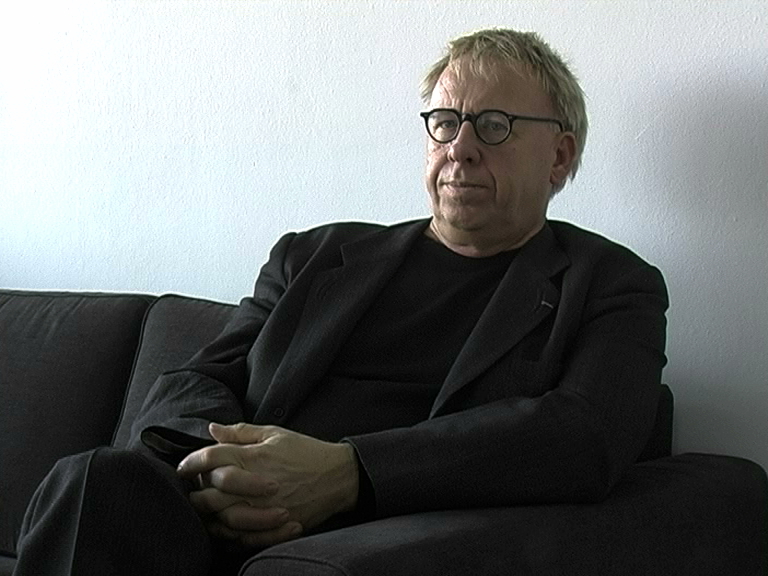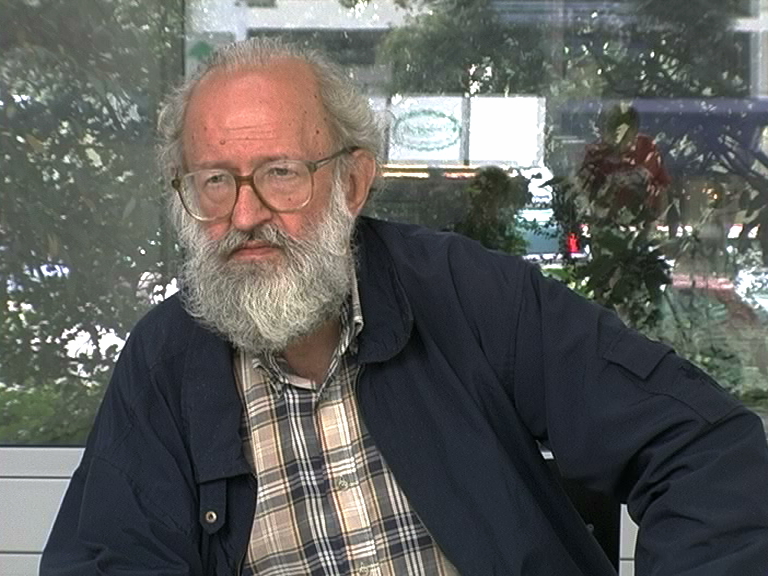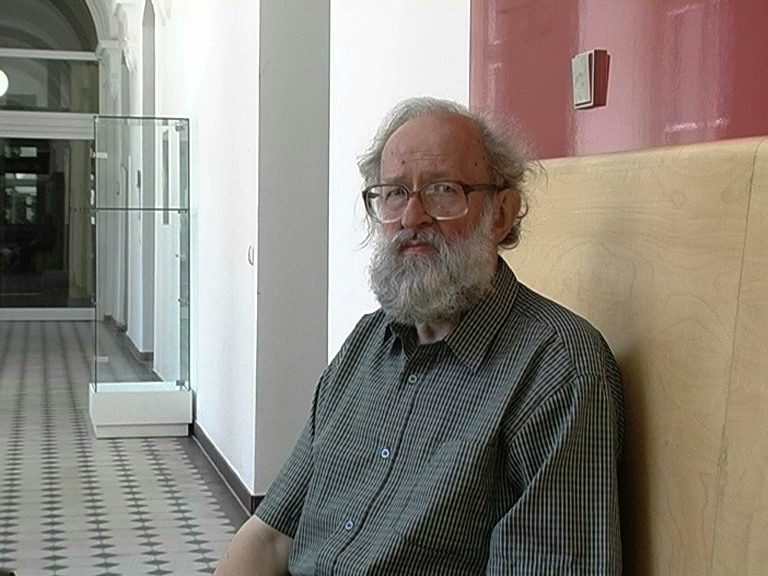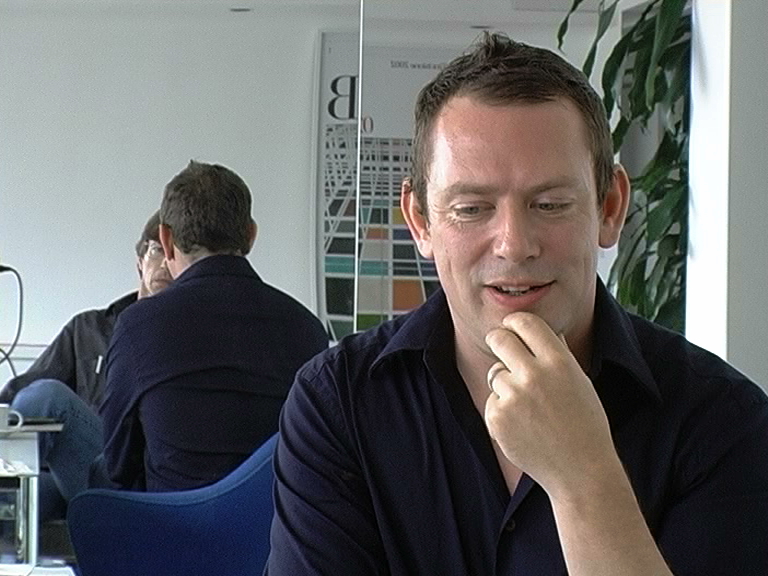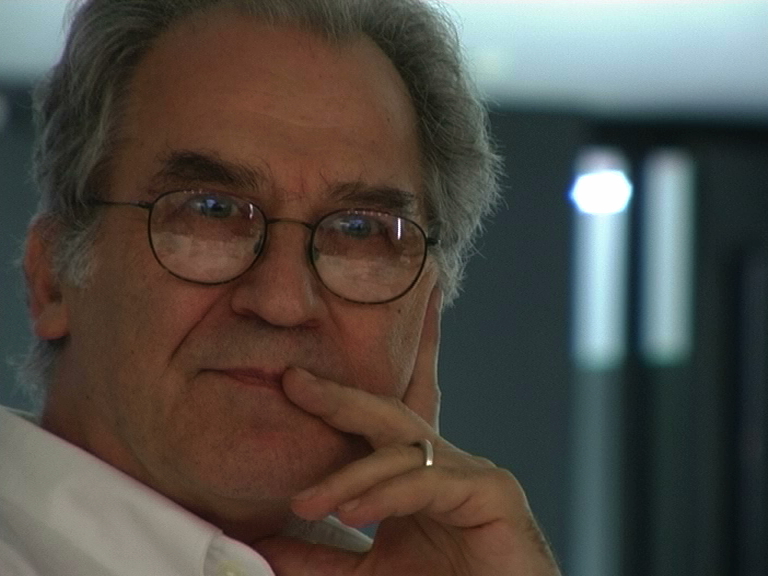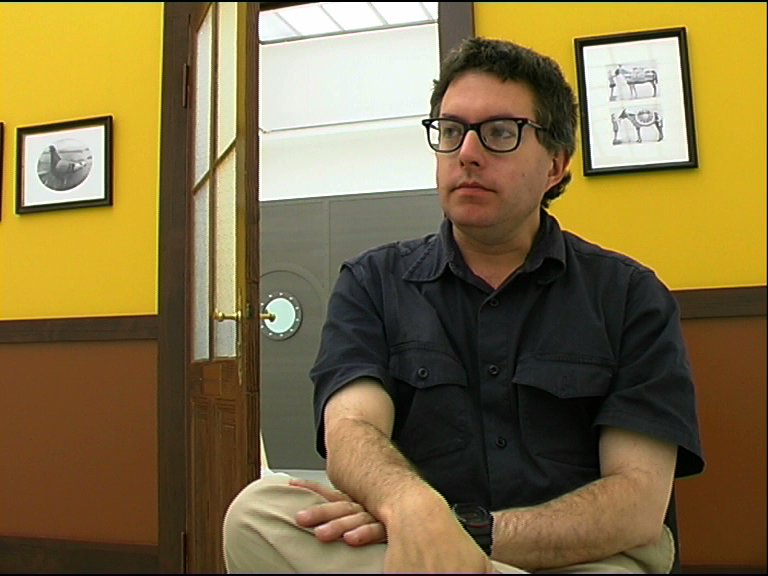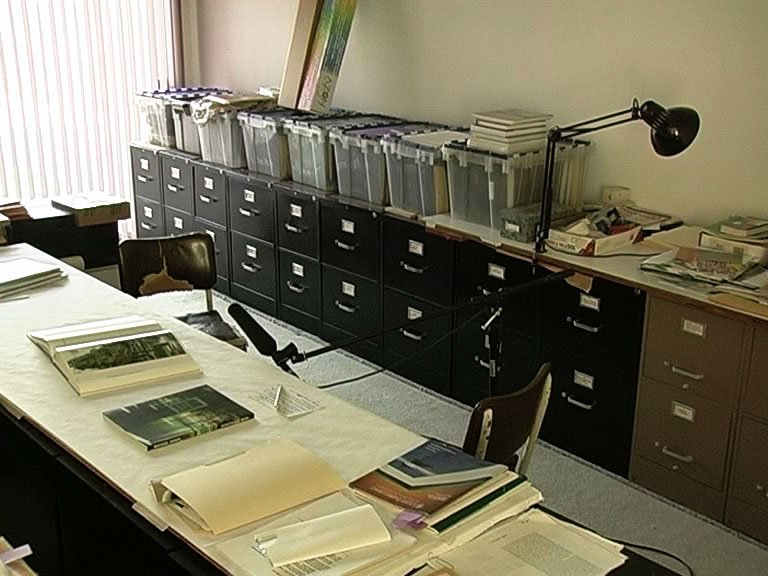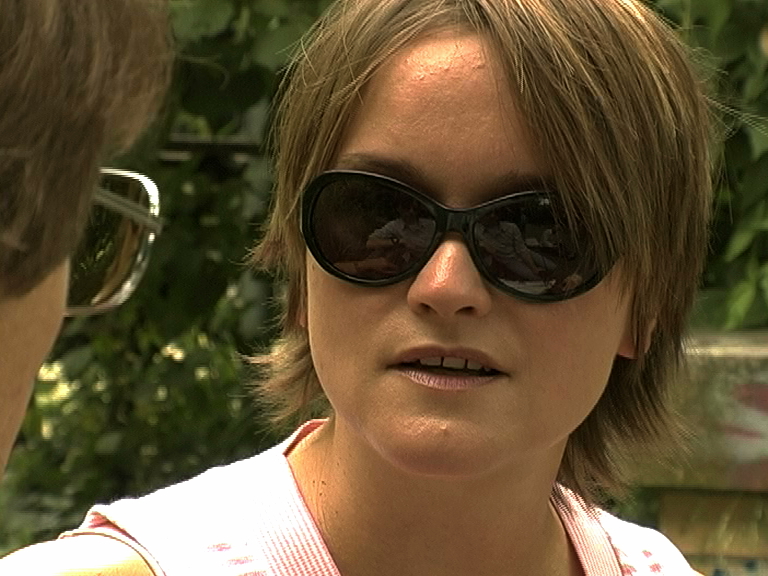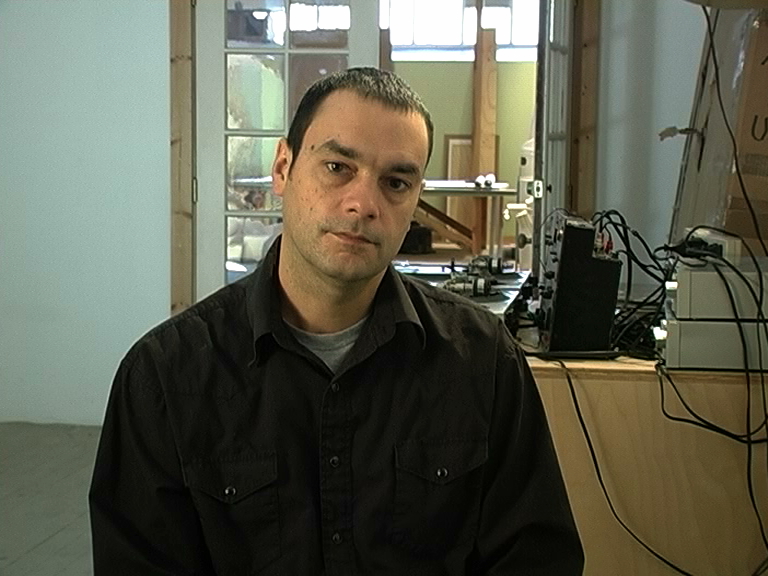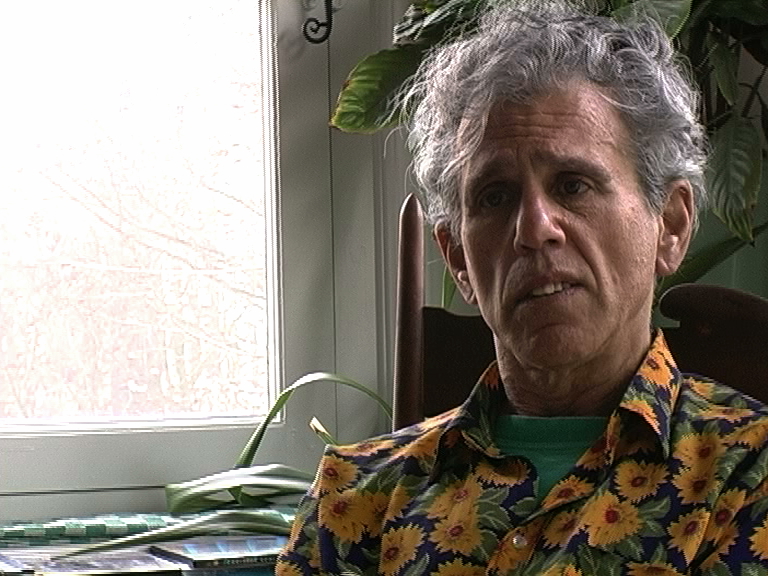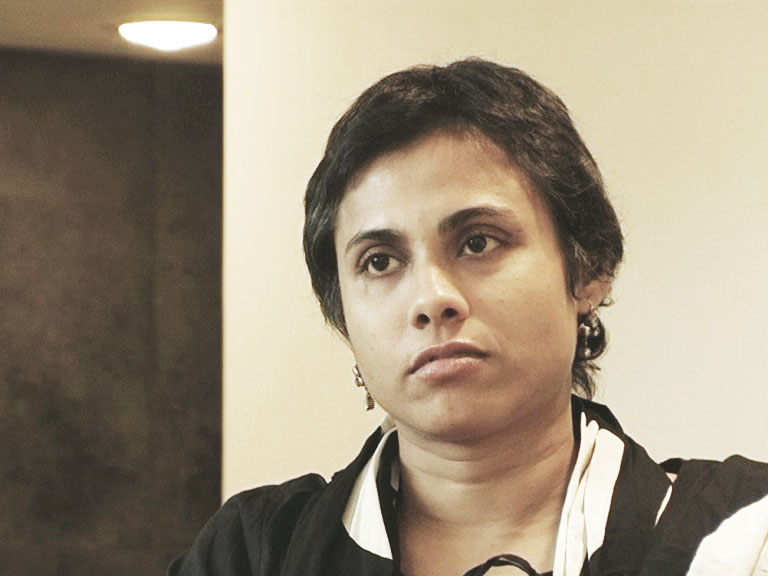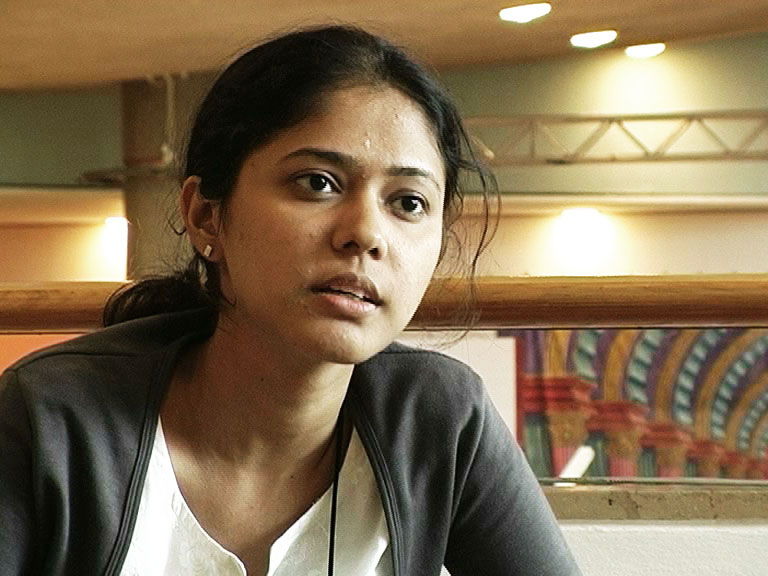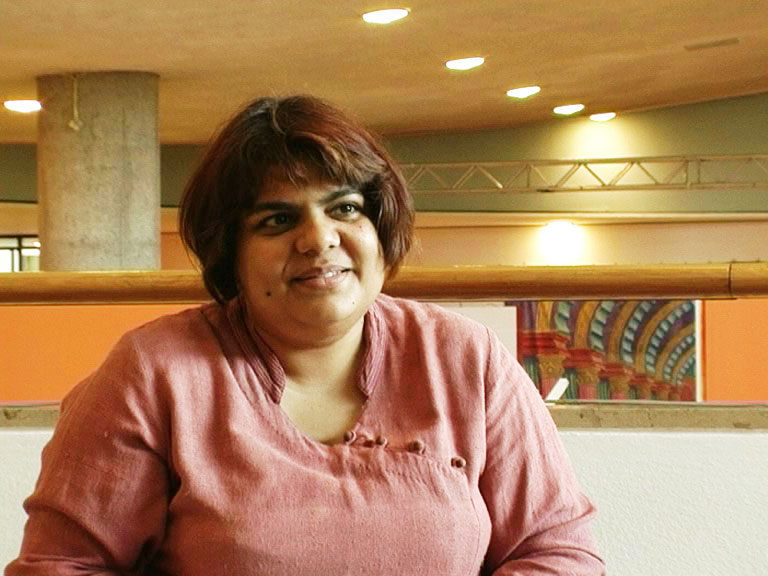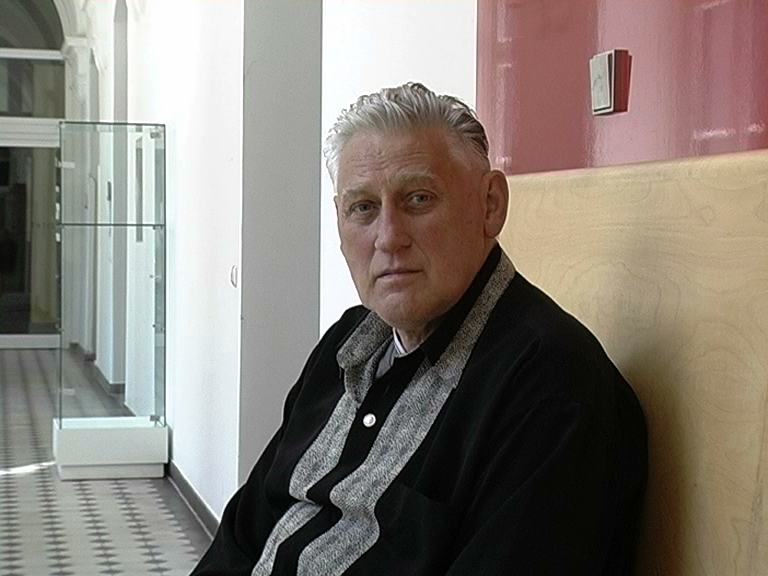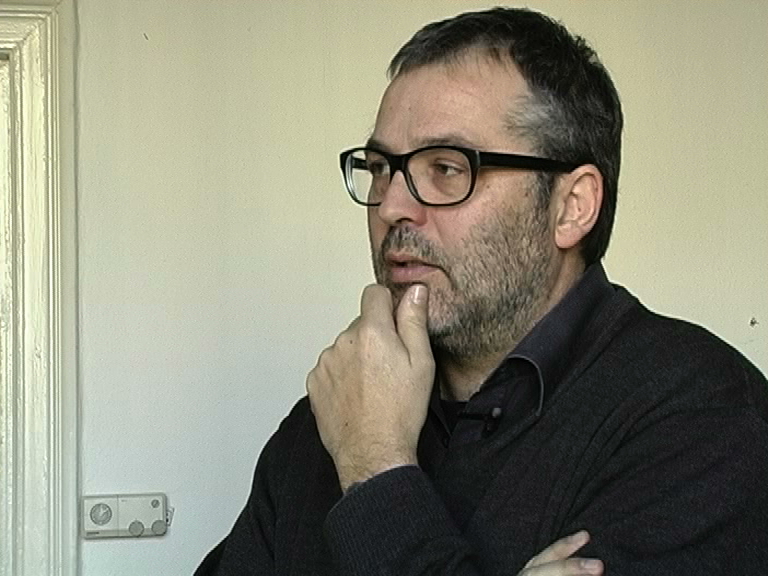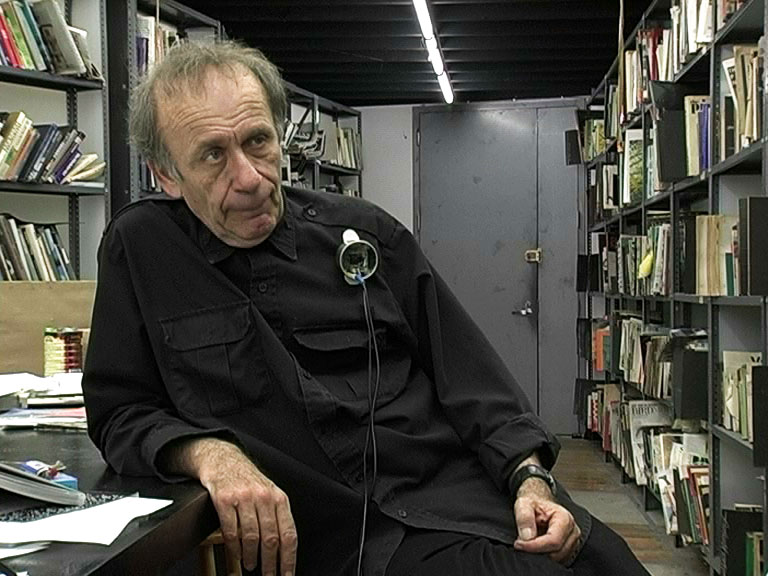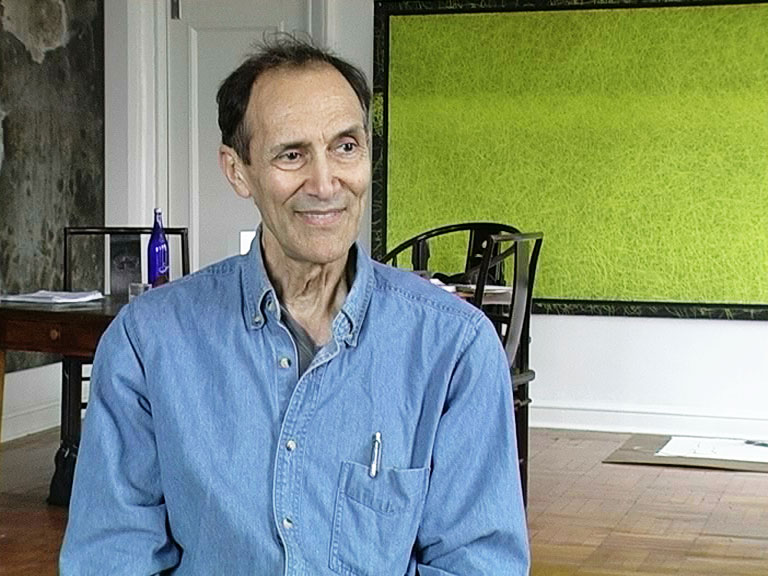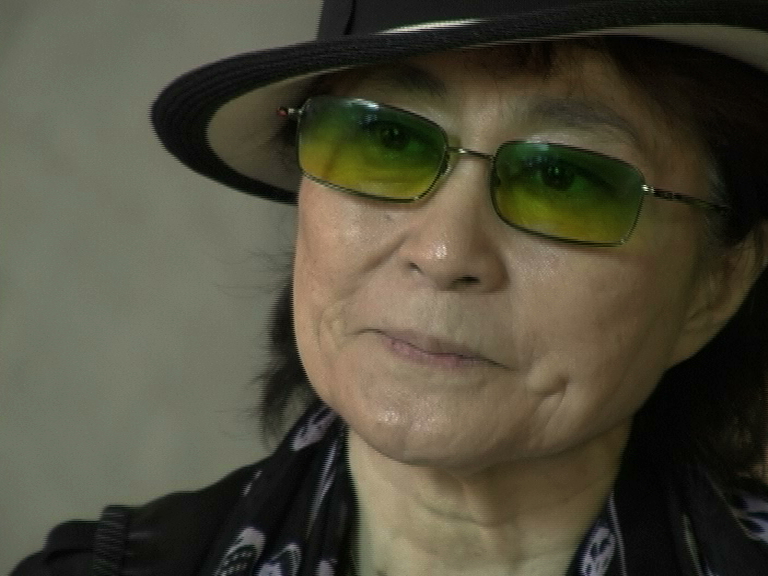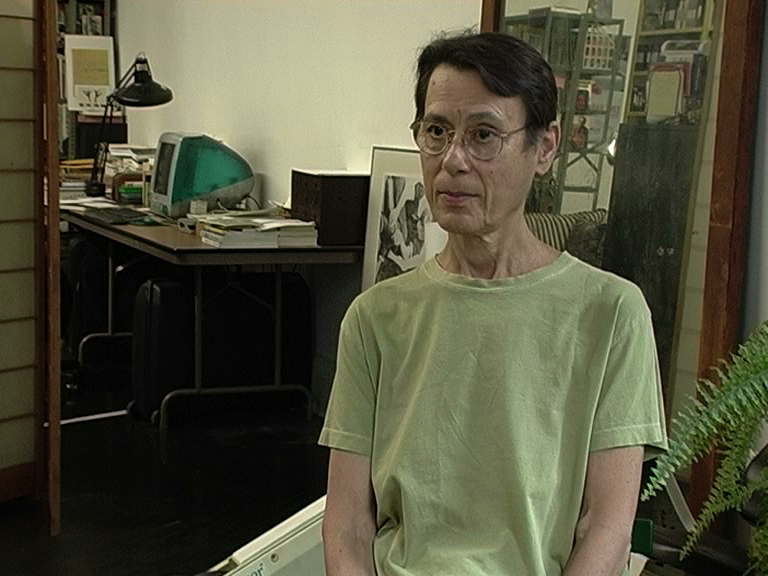S.R.: My first question is: What do you consider as the strongest influence in your artistic practice?
L.W.: That’s a very strange question because probably the most important influence in my artistic practice was having discovered art. I come from a background where art existed but it was not an integral part of existence. And once I was able to determine – probably through the public library and through public museums – that there was a thing called art and I saw that it was able to deal with certain questions I became involved in it. And that is the strongest influence.
S.R.: Would you say that there is a specific artistic influence from the history of art?
L.W.: Yes. My initial attraction to art was based upon my initial decision that I was going to interact with the society which in most general terms comes off as so called “political” – but everything is basically political. When I discovered that people from the Russian Constructivists from Mondrian to Cézanne were dealing with the same issues, and dealing with them as a form of perception and presentation in the world, I began to become involved in the romantic idea of becoming an artist.
S.R.: Would you say that the decision for language is also a decision to interact with the public?
L.W.: It allowed me to step outside of the one part of the praxis of art that I found uncomfortable, and that was the imposition of an expressionist, almost, as opposed to existential presence of the person who made it. I wanted to find something that could step outside of people believing that it was special what I made when in fact it wasn’t special, it was useful. And language lead me into that. But language comes along after a point of trying to find other means of presenting the same kind of a concept.
S.R.: Now I have a question which is maybe a little bit different to the others. What is the aim of your practice? Can you say something like that?
L.W.: Yes, especially that art itself, sculpture is not signage sculpture is not an icon. You present things within the praxis that form a logic structure, that breaks us under the logic structure that was based within the society. From that logic structure you create a mise-en-scène. That mise-en-scène builds the result or the endproduct of art, which in fact is ambience.
S.R.: Everything you said can be put in relation to Conceptual art and the field of Conceptual art? I have to say maybe that I’m not fixed on a Conceptual art like it was from the Seth Siegelaub Gallery. I like to see it in a bit broader field. So that is my understanding of Conceptual art. Do you think that the conceptual paradigms are still in function?
L.W.: I wish I knew what they were. I don’t understand. I make art. The other people whose work I find interesting make art. Conceptual was a term, it’s the same problem as the Abstract Expressionists, the action painters. I began to find out what it means. Every piece, work of art is conceptual. You can’t make a painting without having an idea of what you are doing. I don’t know what the purpose of differentiating my practice from the practice of Cy Twombly, my practice from the practice of Robert Ryman is. But somehow the logo(?) is in the world that shows art has to make this break. I don’t know. If you speak of Conceptual Paradise – that I understand, that makes sense, that’s the use of a word in a manner that makes sense to me. There is no concept of paradise therefore a conceptual paradise is of interest to me. When you say Conceptual art – no. The stuff I make is real, turn off the lights, in the old words of Ed Reinhardt, you can trip over it. You can fuck up your life – that’s not very conceptual, it’s a material reality. So, no, I don’t really, I’m sorry, I can’t tell you where it fit in. They use it, I know what they mean. So why should I make a lot of time saying, but I am, I’m not, I am. No. If somebody wants to be a Conceptual artist – more power to them! I’m really quite content being an artist.
S.R.: You are so precise that I think we can do it in ten minutes.
L.W.: I don’t think I’m precise. It’s just that I’m a grown person. I’ve… Because of my class I’ve been a grown person since I was quite young, meaning I had to worry about survival which means that I have to every morning decide what am I going to do with my life and why. And I made decisions through my life in fact that I am part of the public. But I am the part of the public that doesn’t work for the man. That’s fine, that means that you have to really pay a little bit of attention. That’s not concise. That‘s, it’s less about me than it is about the malevolence from outside that one tries to build, that one can still function within.
S.R.: So actually my last question is exactly about your daily practice. Is it possible to say something about what is or what would be an ideal typical daily work?
L.W.: You mean really like conceptual paradise – what I would like as an artist at this stage of my life. It would be very nice to spend periods of time where the economic implications of one’s existence did not come in. And at the same time one would just work. Because my ideal praxis is to be involved in processes and involved in materials, and be working on body of work and have somebody offer me a place to show something. And that’s the body of work that gets shown at the moment. It’s never site-specific, it’s what my activity is. At this particular moment I’m very involved in trying to objectifying desire – in a non-romantic manner! We have gesture, we have things, we have processes: How can you in some way objectify desire? And what does that constitute? And it constitutes of course a simple thing; it’s the changing of the status of the plinth, the thing that supports something. It’s the changing of the “the” to a “a”. And how to take the universal, and turn the universal into a specific and then you essentially would be in a position of at least objectifying a desire to the extent that you can present it.
S.R.: Do you want to continue on this very heavy and complex term of how you come from the “the” to the “a”?
L.W.: Yes. That’s the basis that I try to do with building any sculpture. You can take what is a universal material, and instead of ascribing to it all the universal traits that you would give, you try to find the trait that at that moment fulfils your needs and desires, and specify it, put it within a context that another person coming along can say: Oh, I can take this universal and put it in a context for me. The purpose of art is for other people, it’s not just to make something. And it’s certainly not to express oneself. It has to do with you having discovered something and determined something that you are convinced is worth telling somebody. And in doing that if you can lead them in a manner that allows themselves to see certain things they previously never thought of as a material reality, they can adapt that and use it for themselves without you having to give them a metaphor and tell them what to do. So, it’s not very heavy at all. It’s complicated and it’s not very easy but it’s not very heavy. And remember – and as I said I’m not a doctor writing a script, and I’m not a pilot with 400 people dependent upon my life: If I make a mistake, I make a mistake – mea culpa.
S.R.: I remember that you were really critical on an interview on a film project. But I can’t exactly remember what was the point?
L.W.: The point was that it was, Gerry Schum was a great guy, and I liked working with Gerry a lot, but he still had the idea that the camera was an eye outside of the culture. If it’s an eye outside of the culture, then it’s from outer space. I thought that there wasn’t enough of an awareness – maybe the technique maybe at that point video and film sixteen milimeter were not developed enough that there could be far more interaction. I thought there could have been more interaction. We discussed it a lot. We did the best we could. So when I decided when they were asking me since they were showing all of the work Gerry had done it was not a criticism, it was saying that obviously I didn’t continue that line of video because it didn’t seem to be satisfactory to me. I did not want to be making documentaries about myself. So it wasn’t an attack or anything. I’m sorry when people die and you worked with them over the years, but one doesn’t have to always say: Oh, it was marvellous, it was marvellous. It was a working process, that’s why we made so many of them, trying to get it right.
S.R. Of course, and I think that’s the way to do it; bring it into the whole focus, not only the nice sides.
L.W.: Oh yes, that’s im Strom des Lebens, to bring it into the stream of life. But in fact it can never get out of the stream of life. A joke, because I do a lot of public projects lately: What’s public art? If I’m part of the public, I pay taxes, I took my kids to the dentist. Therefore public art is for yourself.
S.R.: Of course. I have one more question and I want to ask you this question in a different place later, but this again in here: Is it right – and this is more a different reflexion level on the process of filmmaking – is it right that the artist in front of the camera has only two options: to play the role of the authentistic artist or to speak about the production of the authenticity in the process of filmmaking?
L.W.: No, it’s not right. Both things can be done, but to speak about the authenticity is making the sales pitch. To play the artist is again trying to set up some sort of a position that people can read. I accept this kind of a situation; and it took us a while doing a dance to accept it. If you do use the public space to present things you have an obligation when asked to try to answer questions. But that’s a different thing, that’s fulfilling part of the social role. But playing the artist – there is no such thing as what an artist is like. Some very nice people make terrible art. And some absolutely dreadful people make extremely interesting stuff. You find yourself always like I did in a television interview in France with a local minister of culture, where – it was a right-wing section of France – and they were upset that I was having a statue that was dedicated to Jean Genet and Querelle de Brest, and I decided not to explain but to say: Look, you can have Cheline(?), if somebody elses kid can have Genet, and then you‘ll have a full culture. It’s the product. That’s what you do, you just make yourself available to answer questions.
S.R.: But if I understand it right you are considering this process of talking on your practice to the process of publication of your work. So it’s a part of the work.
L.W.: I don’t see it as a part of my work, I see it as part of my social obligation. It’s not something I would do. If left to my own devices and I make movies, I have facilities I would not make a movie explaining what I do. I wouldn’t know why anybody would have to because what I do is pretty obvious and pretty simple in the end. And as most things it might be complicated to begin with, but it’s pretty simple in the end.
S.R.: Considering your reception of the reception of your work? Do the people see the writing on the wall, drawing on the wall still as a provocation?
L.W.: I don’t know who the people are. You would have to talk about a people and you would have to be specific. There is a book coming out in Berlin of a compilation of whatever they found, but it’s a lot of stuff by Erti Fitzek and Gregor Stemmrich, and it’s from 1986 to 2003. And it’s rather amazing, especially the newspaper things they found. They ask the same question – always. So I don’t know what a public or the public would really say.
Weiner: I travel very badly…)
S.R.: I wanted to ask you something about your films. If I see it right, you continuously worked with film since the end of the 60s?
L.W.: Lets do it all by, whatever the dates are on the films, whenever the first films were, is the first time. I knew a little bit about it, I had been involved with people making films, I’d watched. But I didn’t feel the need until I started to make the small videos and then I began to make films, yes. The first film was made around 72, 73. The first major film…
S.R.: What was your idea to work with film? Was it a totally different approach like your work on the wall, like your installations? Or was it the same approach just in a different medium?
L.W.: It was an attempt to control the mise-en-scène. And film, in my hand at least, function not as a theatrical device but more as a Bühne. And there is a difference between stage and Bühne. I was able then to place the work within contexts that I chose to have. It was closer to your idea of a so-called conceptual paradise, where I was able to place the work and put it in a context that I was in control of. In film it’s not an authoritarian role, you are asking somebody to do something once or twice. And there is a director, there’s a player and there’s a director of photography. I found film was ? I also had a great interest in film. I have film-makers that I think have tried to deal with the conversation with the world, as Godard and Faßbinder. They brought film into the conversation that art was in. The moral values and the structure of things.
S.R.: So it’s always a question how you deal with the combination in film – for me, especially. There’s the question, how you deal with the combination or the interaction between language and image. But if you think of it in a second step, the image is always also language.
L.W.: Exactly.
S.R.: And maybe you can say something about this specific role of the visuality of your work and the language you are working with since 30 years.
L.W.: A little longer I think. It‘s also the language of art is material. And whether you use photo or a drawing, a material itself or a word, you are still using a representation of a generalized material. I approach film in some cinematic terms but not in a historical not in ? sense; cinematic in that there is a responsibility that you are asking people for their real time, and some of the films I made are extremely aggressive about their real time, and some of the films are extremely graceful about their real time. I‘d say that was determined – (noise) it‘s Zurich, the whole of Zurich there is no place without trams… –. (change of camera position)
Within the context of cinema there are certain things that develop, that become possible. It’s a non-allusive thing. You are presenting a reality if you film things there are very few tricks, it’s the reality itself. I like it. Also for an artist, like myself, I’m a studio artist, is that I spend a lot of time working these things in the studio from material to language, from material to language and using the language as material etc. It’s nice to come out of your ivory tower. And there is no way to get people to work with you on a production, especially if you are not rolling in large amounts of money, without having to convince them. The reality of why they should spend their time doing it, their skill, you’re asking people skill. I find the collaboration-part of it – bringing together a movie, bringing together a sound tape, bringing together a performance – highly enlightening to me. I have to put my things, any ideas I’ve had, out and try to convince somebody to aid me, because you can’t make a movie yourself.
S.R.: Let me ask you again about the difference between your very concentrated –I suppose concentrated – work on the table in your studio.
L.W.: Or on the floor or in the garden.
S.R.: In relation to processes of collaborative works. For example you worked together with Ed Ruscha.
L.W.: We made a nice book, it was called “Hard Light”. I think we did a quite good job. I worked with Baldessari, with lots of artists.
S.R.: So how do you see the difference in the collaboration process? Is it comparable or is it totally different for you?
L.W.: Let me give an analogy which might explain my thinking about it. Remember all of the people that I’ve been able to have the privilege I guess to work with, are formed people. I’m a formed person. That does mean that you send me ways of have a style, it just means that you’re formed. And I was always impressed that you would find as I was growing up a tape say of Coltrane and Thelonious Monk. Now the two people were not in accordance people they both were totally different people. And they got together and they did a session and it was taped. It wasn‘t a marriage. It was a special occasion, and the two of them took how they were at that point, and they put it together. And somebody has something outside of just the one person. They have them interacting with other people of the same level, same mentality. That’s the way I see these collaborations. But I don’t see them as a marriage – it’s not really a collaboration. It’s two people or three people coming together and making something based upon all the works they have been doing all their lives. If that sounds romantic, I’m sorry.
S.R.: No, it’s perfect.
L.W.: It’s totally aspirational on my part.
S.R.: I think that you can have a perspective on collaboration work that it’s a different political instance. But it mustn’t be that. It could be something like a band playing together or playing single musicians.
L.W.: At that moment you have found something that brings you accord with another human being.
S.R.: I see. (break)
L.W.: I was involved… (ist noch nicht transkribiert)
S.R.: And I have another question about this, because I realized that some years ago you changed your typo. Maybe you want to say something about that. Before you used Franklin Gothic?
L.W.: “Franklin Gothic extra condensed“ which was an attempt at the time for me to find a non-authoritative sans-serif face that when presented has a certain elegance, but it had an elegance by virtue of itself rather that by virtue of association with a modernist movement. After a while I began to notice that people were seeing it as something to do with me. And it was becoming a signature, and I decided to find a typeface that carried the same feeling at the moment. I’m not obligated to stay with a typeface. It’s the Inhalt, the content of the words that I’m dealing with. I started to design a stencilled typeface because I had always stencilled things before, and I was working and working. And I’m not a formed designer, but it takes quite a bit to design a decent typeface. And all the way I didn’t have the time, I had to do an exhibition, a project and was getting impatient, and I simply asked my assistant if she would be kind enough to go onto the internet and start looking through for something that would strike her in the stencilled typefaces that I would look at. Nothing, literally, through a couple of weeks we looked it up – you couldn’t believe how many stencil type fonds there are. Then one day it was: “Lawrence, would you like to take a look at something?” And then I looked. And my god, somebody had gotten it right! And we looked at it. And I decided ok, and we bought it and I played with it for a while. You know, you buy it from the typehouse. And I played with it for a while. And I became very excited about it, and I’ve been using it. Maybe tomorrow morning I won’t be.






